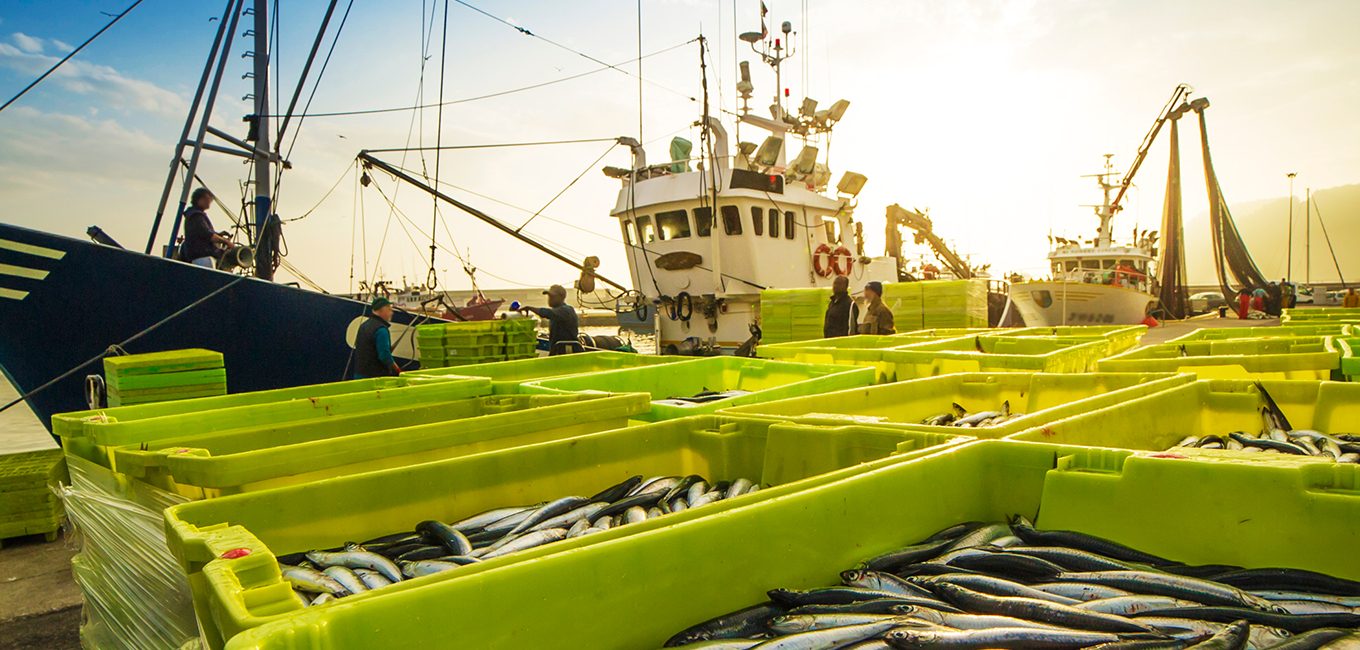Anti-Piracy Measures For Shipping Companies
Piracy remains a persistent threat to global maritime trade, endangering commercial interests and also the lives of seafarers. As such, shipping companies must implement stringent anti-piracy measures to safeguard their assets, personnel, and reputations.
Firstly, conducting regular risk assessments forms the foundation of any effective anti-piracy plan. By evaluating prevailing threats and vulnerabilities in specific regions, shipping firms can tailor their defenses accordingly. Factors to consider may include geographical location, seasonal variations, historical patterns of piratical activity, and regional socio-political contexts. Armed with this knowledge, companies can make informed decisions regarding optimal routing, speed adjustment, and deployment of security resources.
Secondly, enhancing a vessel’s physical security features is essential in deterring attackers. Recommended modifications might involve reinforcing access points, installing surveillance systems, fitting non-lethal weaponry, and constructing fortified safe havens known as “citadels.” These spaces provide sanctuary for crew members during an assault, enabling them to lock themselves away until assistance arrives. Additionally, employing razor wire barriers, bright lighting, and audible alarms serves to discourage opportunistic pirates seeking easy targets.
Thirdly, investing in crew education and awareness programs is paramount. Seafarers represent the frontline defense against piracy; thus, equipping them with relevant knowledge and skills constitutes a cornerstone of successful anti-piracy efforts. Training topics could range from recognizing suspicious behavior and responding appropriately to practicing evasive maneuvers and utilizing distress signals. Regular refresher courses serve to maintain proficiency levels and foster vigilance among staff.
Fourthly, fostering interagency cooperation and information exchange represents another crucial pillar of robust anti-piracy measures. Collaboration between public sector entities, private enterprises, military forces, and international bodies facilitates shared learning, resource pooling, and joint operations. Participation in these initiatives bolsters collective security capabilities and promotes stability within vulnerable regions.
Fifthly, utilizing technology offers promising avenues for strengthening anti-piracy postures. Innovative solutions under exploration encompass unmanned surface vehicles (USVs), satellite-based tracking systems, artificial intelligence algorithms, and advanced communications networks. Harnessing these tools promises enhanced situational awareness, rapid incident reporting, and targeted intervention capacities. However, technological advancements alone cannot entirely eliminate piracy; therefore, they should complement rather than replace traditional security measures.
Finally, embracing transparency and accountability principles is indispensable in upholding ethical standards and building trust among stakeholders. Disclosing anti-piracy policies, practices, and performance metrics demonstrates commitment to responsible stewardship and fosters positive relationships with clients, investors, regulators, and communities. Consequently, this openness contributes to reinforcing brand integrity, securing competitive advantages, and promoting long-term sustainability.
